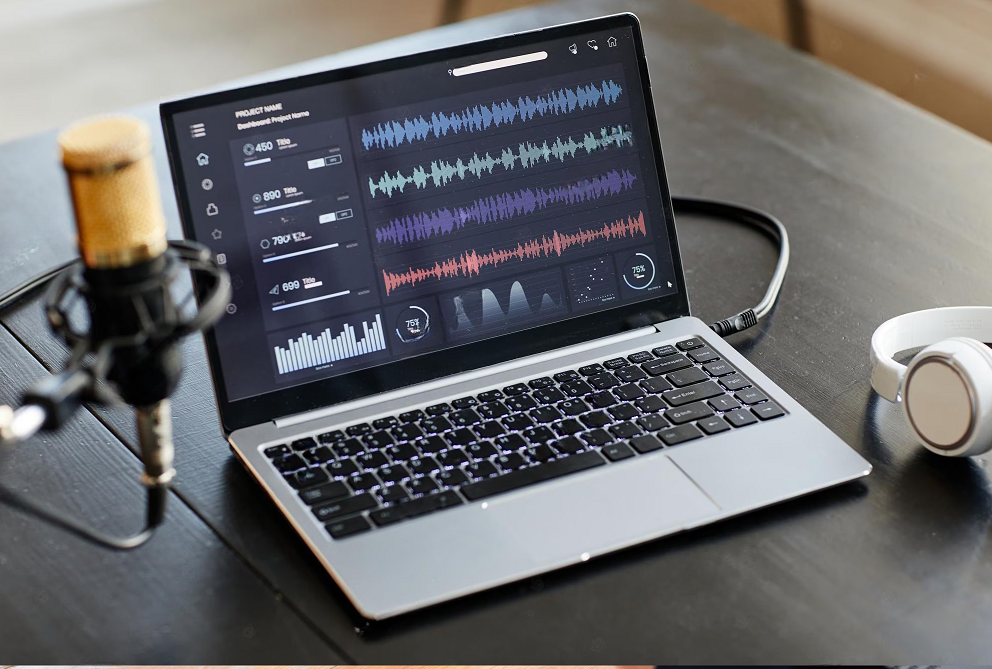best screen recorders

Introduction to Screen Recording
What is Screen Recording?
Imagine you're telling a friend about a hilarious scene from your favorite show, but words can't do it justice. Instead, wouldn't it be better to show them? That's the magic of screen recording—it captures everything on your computer screen.
Why Use a Screen Recorder?
Whether you're a gamer showcasing your latest victory, a teacher preparing tutorials, or a business pro making a presentation, screen recorders are handy. These tools make content creation and sharing a breeze!
How We Tested the Best Screen Recorders
To prepare this detailed review, we installed each screen capture software on the computer and test-drove it to see how well it performed. We expected to see that the best screen recording software would run smoothly on the PC and the videos we created would play perfectly.
We also explored the functionality of each tool and compared their capabilities, assessed the user interface, whether the screen recorder is easy to use, and evaluated how closely each option meets the needs of its target audience.
Top 5 Screen Recorders in 2023
Factors to Consider When Choosing a Recorder
When diving into the world of screen recording, it's easy to get lost. Here are a few pointers to guide your way:
- Purpose: Are you a gamer, educator, or vlogger?
- Budget: Are you looking for freebies or ready to invest?
- Features: Need basic recording or full-fledged editing?
- Ease of Use: Fancy a steep learning curve or prefer plug-and-play?
Remember, the best tool is one that fits your needs like a glove.
Conclusion
Screen recording isn't rocket science, especially with the right tools in your arsenal. Whether you're taking baby steps in content creation or a seasoned pro, there's a screen recorder with your name. So, which one's catching your eye?
FAQs
1. What is the best recorder for screen?
Popular options for screen recording include OBS Studio, Camtasia, and Bandicam.
2. Which is the best screen recorder for free?
OBS Studio is widely considered the best free screen recorder.
3. What do most YouTubers use to record their videos?
Many YouTubers use OBS Studio, Camtasia, or Elgato Game Capture for recording their videos.
4. Is OBS good for recording?
Yes, OBS Studio is highly versatile and offers a range of features suitable for both beginners and professionals.
5. Do YouTubers use OBS?
Many YouTubers use OBS Studio for its flexibility and because it's free to use.
6. Do professionals use OBS?
Yes, OBS Studio is used by professionals for both recording and streaming due to its advanced features.
7. Does OBS need a lot of RAM?
OBS Studio itself doesn't require a lot of RAM, but the overall usage will depend on the complexity of your recording or stream.
8. Is OBS good for low-end PC?
OBS Studio can run on low-end PCs, but the performance may be limited depending on your settings.
9. Does OBS lose FPS?
Using OBS can result in a slight FPS drop in the game or application you're recording, depending on your settings.
10. Is 30 or 60 fps better on OBS?
60 fps is generally better for fast-paced content, while 30 fps is usually sufficient for slower or static content.
11. How much RAM does it take to run OBS?
The minimum RAM requirement for OBS Studio is 4GB, but 8GB or more is recommended for optimal performance.
12. Can OBS stream 120 fps?
OBS Studio does not natively support 120 fps streaming due to limitations in streaming platforms.
13. Is 720p 30fps good for streaming?
720p at 30fps is generally considered acceptable for most streaming scenarios.
14. Which fps is best for video?
24 fps is standard for movies, while 30 or 60 fps is commonly used for TV broadcasts and online video.
15. How much fps can the human eye see?
The human eye can perceive motion at around 24 fps, but higher frame rates can result in smoother motion perception.
16. Why are movies 24 fps?
24 fps became the standard for film due to historical reasons and is considered to provide a "cinematic" look.
17. Is 240 fps the best?
240 fps is often used for high-speed action and slow-motion video but may be considered overkill for regular viewing.
18. Is 300 FPS overkill?
300 fps is generally considered overkill for most video content and is usually used for specialized applications.
19. Is it possible to get 1000 FPS?
1000 fps is possible in specialized settings like scientific research but is not practical for general video production.
20. Is 4k 240 FPS possible?
4K at 240 fps is technically possible but requires specialized equipment and is not commonly used.
Related Articles:
Affiliate Disclosure:
I earn from qualifying purchases. This means that when you click on certain links on our website and purchase through Amazon, we may receive a small commission at no additional cost.